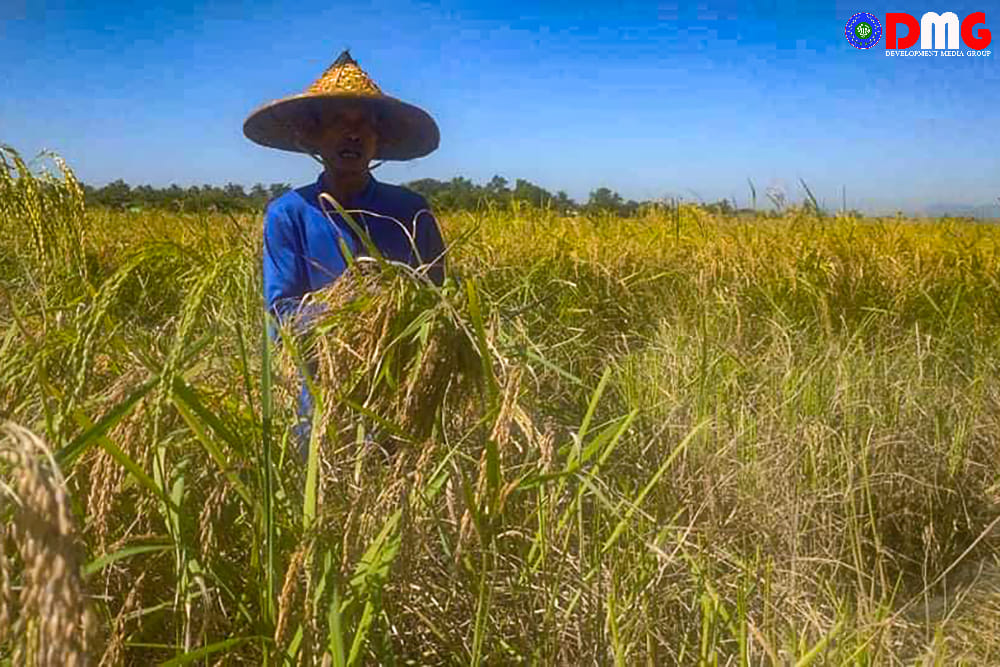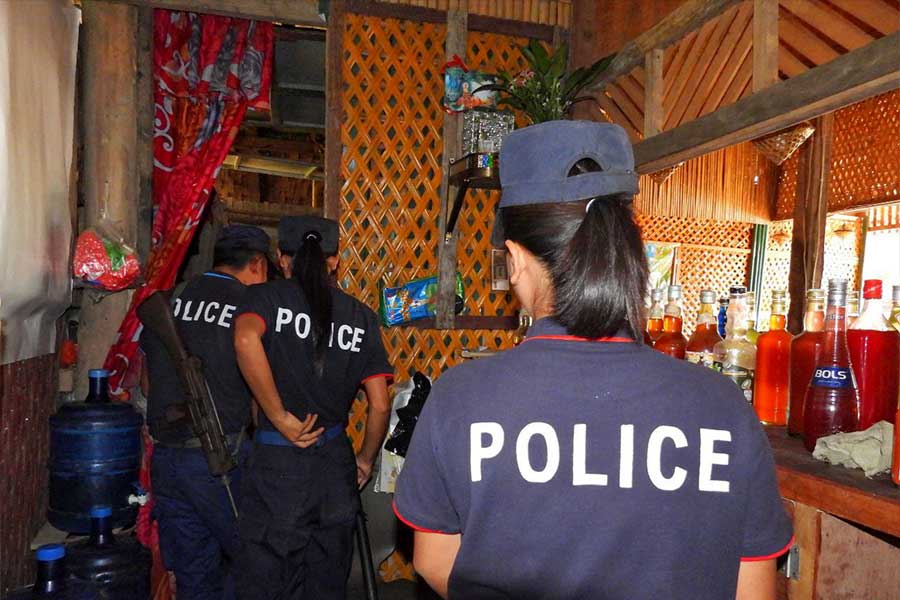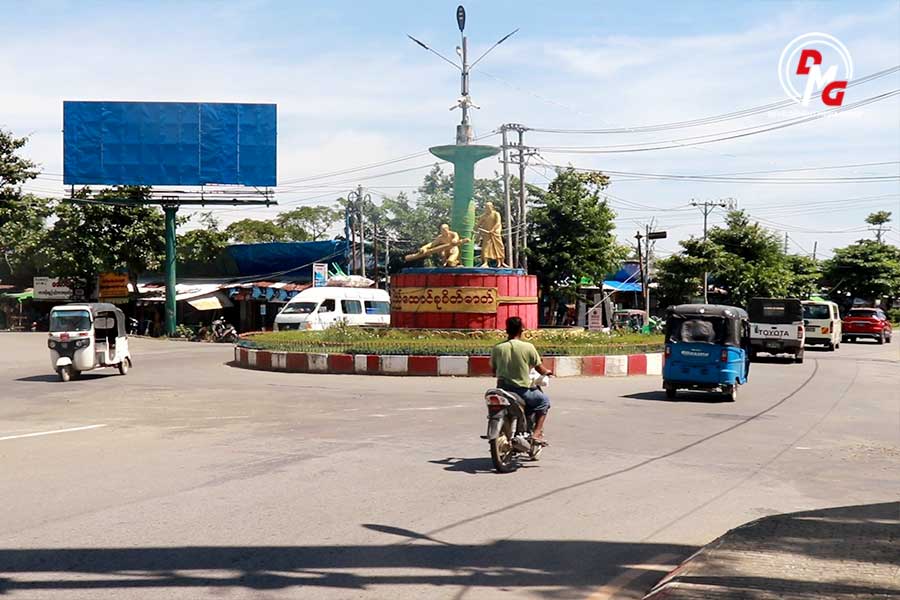Farmers in Arakan State fret over incoming rains during paddy harvest
Farmers in Arakan State who are in the midst of harvesting monsoon paddy are worried about potential damage to their crops as the Department of Meteorology and Hydrology has forecast unseasonal rains over the next 48 hours.
07 Dec 2021

DMG Newsroom
7 December 2021, Sittwe
Farmers in Arakan State who are in the midst of harvesting monsoon paddy are worried about potential damage to their crops as the Department of Meteorology and Hydrology has forecast unseasonal rains over the next 48 hours.
Farmers say they are worried that more paddy fields will be flooded by heavy rains, as was the case earlier this month due to a cyclone over the Bay of Bengal.
“Now, as it’s the paddy harvest season, the harvested paddy has to be left to dry. If it rains, the sprouts will sprout and be destroyed,” U Pan Aung, a farmer in Mrauk-U Township, told DMG. “There are those who have harvested and there are those who have not. It is not easy to move paddy. We are worried about the possibility of heavy rains.”
According to a December 7 statement from the Department of Meteorology and Hydrology, scattered to moderate rain is expected in Arakan and Chin states, and Sagaing, Mandalay and Magway regions, over the next 48 hours.
“Now that the water is rising, the paddy fields are flooded. It rained a little last night, so the paddy had to be moved to avoid the rain,” said U Maung Thein Tun, a farmer from Kyaung Swel Phyu village.
Moderate waves are expected along the Myanmar coast and offshore, with surface winds of 10 to 30 m.p.h. during heavy rain, with a height of 4 to 7 feet, according to the Department of Meteorology and Hydrology.
The price for 100 baskets of Shwe Wah Tun paddy was around K450,000 in Arakan State last year and rose to more than K500,000 this year. In addition, the price for 100 baskets of Paw Hsan Hmwe (Myanmar pearl rice) was nearly K800,000, according to local farmers.
Arakan State farmers have faced several challenges this year including rising agricultural costs, from fertiliser to labour, and low paddy prices.

















